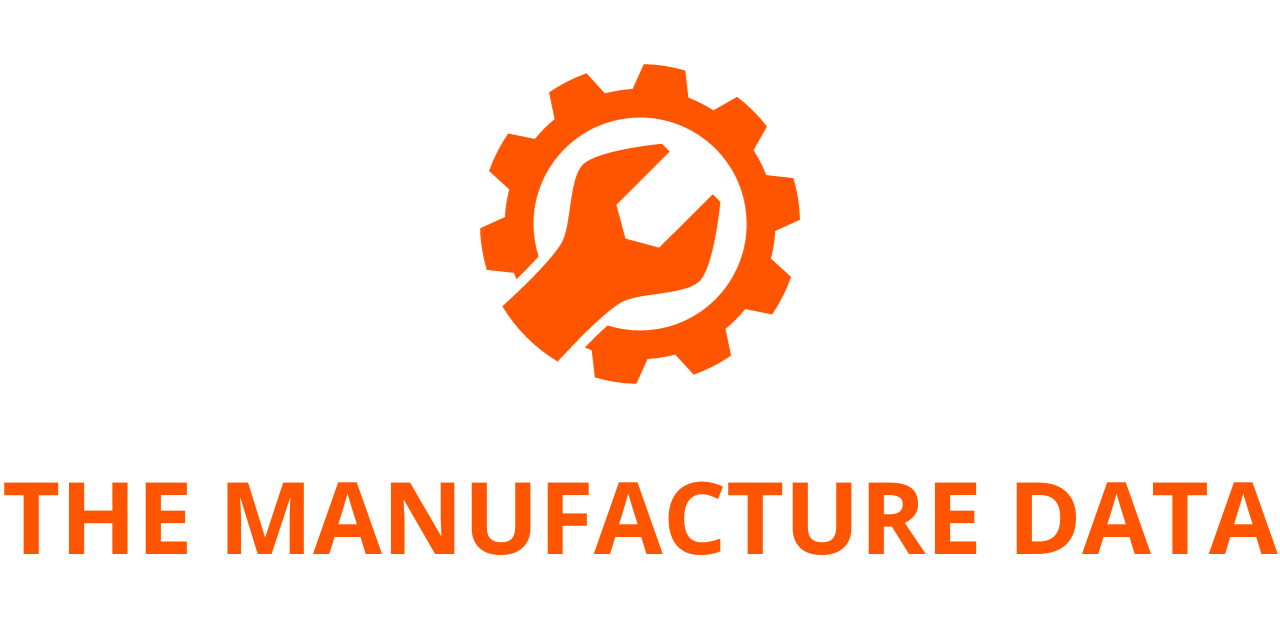
Fortem Technologies Launches Advanced Manufacturing Headquarters to Meet Soaring Global Demand for Counter-Drone Defense
As autonomous aerial threats escalate and drone warfare redefines the modern battlefield, Fortem Technologies has officially opened a cutting-edge manufacturing and corporate headquarters in Lindon, Utah. The 51,000-square-foot facility marks a transformative leap in the company’s ability to deliver high-volume, mission-critical counter-drone technologies at speed and scale.
The new headquarters more than doubles Fortem’s previous footprint and centralizes production, testing, and corporate operations under one roof. It was purpose-built to accommodate the surging global demand for Fortem’s airspace security systems—most notably the DroneHunter® interceptor, DroneKiller™ electronic warfare tool, and TrueView™ radar platform. These advanced defense systems are already operational in global conflict zones such as Ukraine, in volatile areas across the Middle East, and at key domestic infrastructure sites.
Fortem’s latest expansion signals a significant milestone in the company’s mission to secure the skies from hostile drones, which have emerged as a low-cost yet highly disruptive threat in military and civilian settings alike.
Drones have upended the economics of air warfare. For a few thousand dollars, our adversaries can now threaten assets worth billions,” said Jon Gruen, CEO of Fortem Technologies. “This new facility is a direct response to that reality. It gives us the scale, speed, and integration needed to build the counter-drone systems America and its allies require—not in five years, but right now.”
Consolidating Operations for Speed and Scale
Previously headquartered in an office building in Pleasant Grove, Fortem operated with severe spatial limitations and lacked on-site flight testing capabilities. The new Lindon facility, just minutes away from the former location, eliminates those constraints. With more than 10,000 square feet dedicated solely to manufacturing and flight testing, Fortem can now build, test, refine, and deploy systems far more efficiently.
The site is engineered for modular growth, with pre-approved plans to expand the manufacturing footprint by an additional 15,000 square feet as production needs increase. With this new infrastructure, Fortem is internalizing previously outsourced operations, shortening supply chains, and significantly reducing lead times—vital improvements in a time-sensitive defense landscape.
At full operational capacity, the Lindon facility is capable of producing:
- 600 radar units per month
- 40 DroneHunter® interceptors per month
- 300+ ground-launched air-to-air munitions (GLAAMs) per month
- 20 drone hangars per month, a key capability that had previously been outsourced
To date, Fortem has already completed more than 70,000 test flights and logged over 5,500 successful drone captures—the vast majority in Utah—demonstrating not only the maturity of its technologies but also the operational tempo enabled by the local infrastructure.
Purpose-Built for Real-Time Air Defense
The pace and unpredictability of drone-based threats demand rapid adaptability. Fortem’s integrated radar-guided, AI-enhanced countermeasure systems are among the few solutions in the world offering real-time detection and interception of drones. These systems form the core of a layered air defense strategy, especially in contested or vulnerable environments where conventional radar and weapons systems fall short.

The company’s proprietary SkyDome® software platform, paired with TrueView™ radar and the DroneHunter®, delivers precision autonomous targeting and kinetic drone-on-drone interception. Notably, Fortem’s interceptors are the only kinetic counter-drone systems authorized for use in U.S. airspace, placing the company at the forefront of domestic aerial security innovation.
This facility is a game-changer for how we build and deploy advanced air-defense systems,” said Jim Housinger, Chief Operating Officer at Fortem Technologies. “We’ve eliminated the inefficiencies of off-site testing and fragmented production. Now our engineers and manufacturing teams are under one roof, with the ability to build, test, rework, and ship—all in the same day. That agility is critical when the threats are evolving by the hour.”
Strengthening the U.S. Defense Industrial Base
Beyond improving production capacity, the new facility reflects a strategic investment in U.S.-based advanced manufacturing. Fortem holds ISO 9001:2015 and AS9100D quality certifications and is taking active steps to reduce reliance on foreign suppliers, particularly in electronics and radar assembly. With national security increasingly tied to technological independence, Fortem is positioning itself as a key contributor to a more resilient and responsive domestic defense ecosystem.
The company has already grown its Utah-based workforce to more than 100 employees, including engineers, technicians, and production specialists, with infrastructure and planning in place to double its headcount as operations scale.
Countering a Growing Global Threat
From the war in Ukraine to security operations at large public events, drones are becoming a ubiquitous feature of modern conflict and crisis response. Their low cost, small size, and ease of deployment make them both attractive and difficult to counter—creating an urgent need for scalable, effective defense solutions.
Fortem’s products offer both autonomous and operator-assisted responses, integrating seamlessly into existing security and defense frameworks. DroneHunter®, for example, uses a net-based kinetic interception method to neutralize drones without collateral damage, making it suitable for urban and civilian environments. Meanwhile, DroneKiller™ provides an RF-based jamming option for flexible tactical response.
The combination of these technologies enables a layered defense system that can detect, classify, track, and neutralize aerial threats within seconds, providing security forces with the tools they need to adapt to an increasingly drone-dense battlespace.
As demand for counter-UAS (unmanned aerial system) technologies continues to surge, Fortem Technologies’ investment in its new Lindon facility demonstrates a bold commitment to meeting that demand head-on. By consolidating operations, internalizing manufacturing, and enhancing rapid development capabilities, the company is better positioned than ever to protect critical assets, people, and infrastructure from the dangers posed by rogue drones.
The fully operational facility is already delivering units to customers and playing a vital role in current defense and homeland security deployments around the globe. With its ability to quickly iterate and respond to emerging threats, Fortem is not only keeping pace with the evolving nature of aerial warfare—it is helping shape the future of airspace security itself.
About Fortem Technologies
Fortem Technologies is the global leader in airspace security, delivering advanced systems that protect against today’s autonomous aerial threats while ensuring the safety of tomorrow’s advanced air mobility. With integrated solutions combining TrueView™ radar, AI-enabled SkyDome® command software, and both non-lethal (DroneHunter®) and lethal (DroneKiller™) drone interceptors, Fortem protects military, government, and commercial sites worldwide.
Fortem is the only company authorized to deploy a drone-on-drone kinetic interceptor in U.S. airspace. Its technology has been validated in operational deployments in Ukraine, the Middle East, and East Asia and is accelerating the safety of global airspace for urban air mobility. Headquartered in Lindon, Utah, Fortem is privately held and backed by Boeing, Toshiba, DCVC, Mubadala Investment Company, Lockheed Martin, and others. To learn more, visit https://fortemtech.com.




